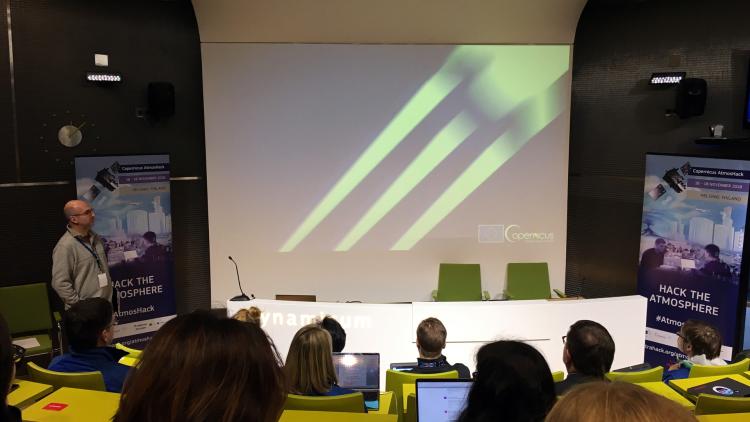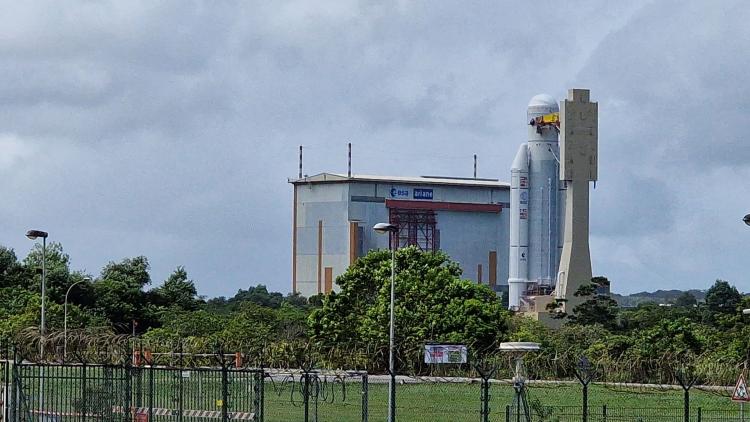Data whiz
Meet Dr Tim Patterson, one of many behind the Meteosat Third Generation mission
As we gear up for this year’s launch of the second of the Meteosat Third Generation satellites, we’re shining a spotlight on some of the experts who are making this mission happen.
“I’m pretty sure what got me my first job here is my experience working with a lot of scientists,” he said.
“I met one guy at Cornell who was not only a specialist in the rings of Saturn, but a specialist in one particular ring. Scientists like him have a lot of expert knowledge, although sometimes getting that knowledge out of them is a skill on its own, I think. It entails understanding and filtering this information so that non-scientists can understand it.”
Patterson now applies this experience to his work as Meteosat Third Generation Data and Tools Coordinator. His team helps ensure that the Meteosat Third Generation (MTG) system works properly. This system consists of a network of widespread, complex components including the satellites themselves, ground stations for receiving scientific data from the satellites, controlling them, and monitoring their health, and the facility for processing the data.
One way his team checks that the processing system works as expected before a new satellite is launched is by creating test data to exercise a variety of test cases on the system. These data take a variety of forms, ranging from synthetic data – basic data that can be used to check the flow of data through the MTG system – to recorded data, produced by a satellite instrument before launch. (Patterson refers to the latter as “the crème de la crème” of test data types.) Although recorded data are not actual Earth observation data, which do not become available until after a satellite has been launched, they do provide the programme team with valuable insight into how the system functions.
“Checks using recorded data are important because the system may well be able to process all the simulated data we can throw at it, but that does not help us if it falls over as soon as it is fed real data,” he said.
Once a satellite is in orbit and its instruments are producing data, they send the data down to receiving stations in the form of packets that are processed into data products. Patterson and his team also support scientists and instrument teams in understanding how to best format these products. This is a particular challenge in the case of the Meteosat Third Generation – Sounder 1 (MTG-S1) satellite, set to be launched in 2025, because of the enormous quantity of data its instruments will produce, leading to particularly large products consisting of many variables.
This complexity requires a high level of coordination between many EUMETSAT teams, something Patterson and his team do their best to foster.
“If you think of the various teams doing different activities on MTG as bricks in the wall of the programme, then my team would be part of the mortar that goes between the bricks and helps join them together,” said Patterson.
“We rely a lot upon other teams to give us input. My team is just one small part of a big group effort to make MTG a success.”

Author:
Sarah Puschmann


